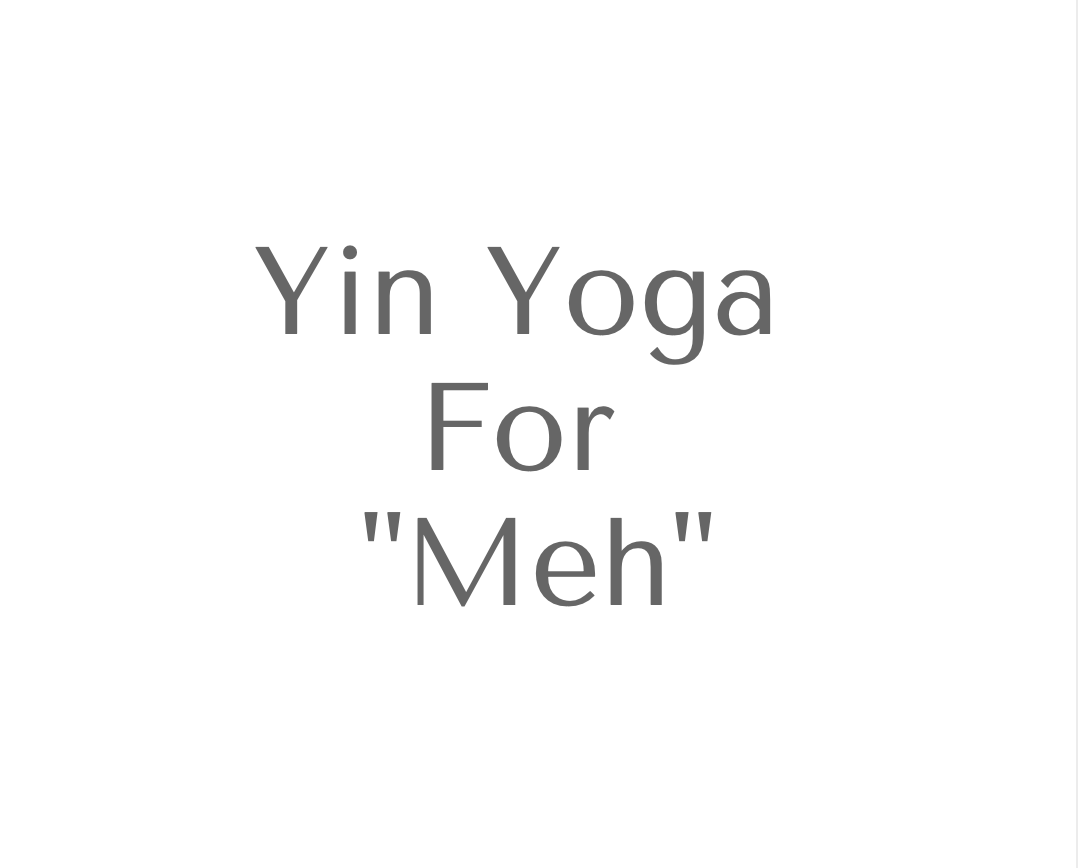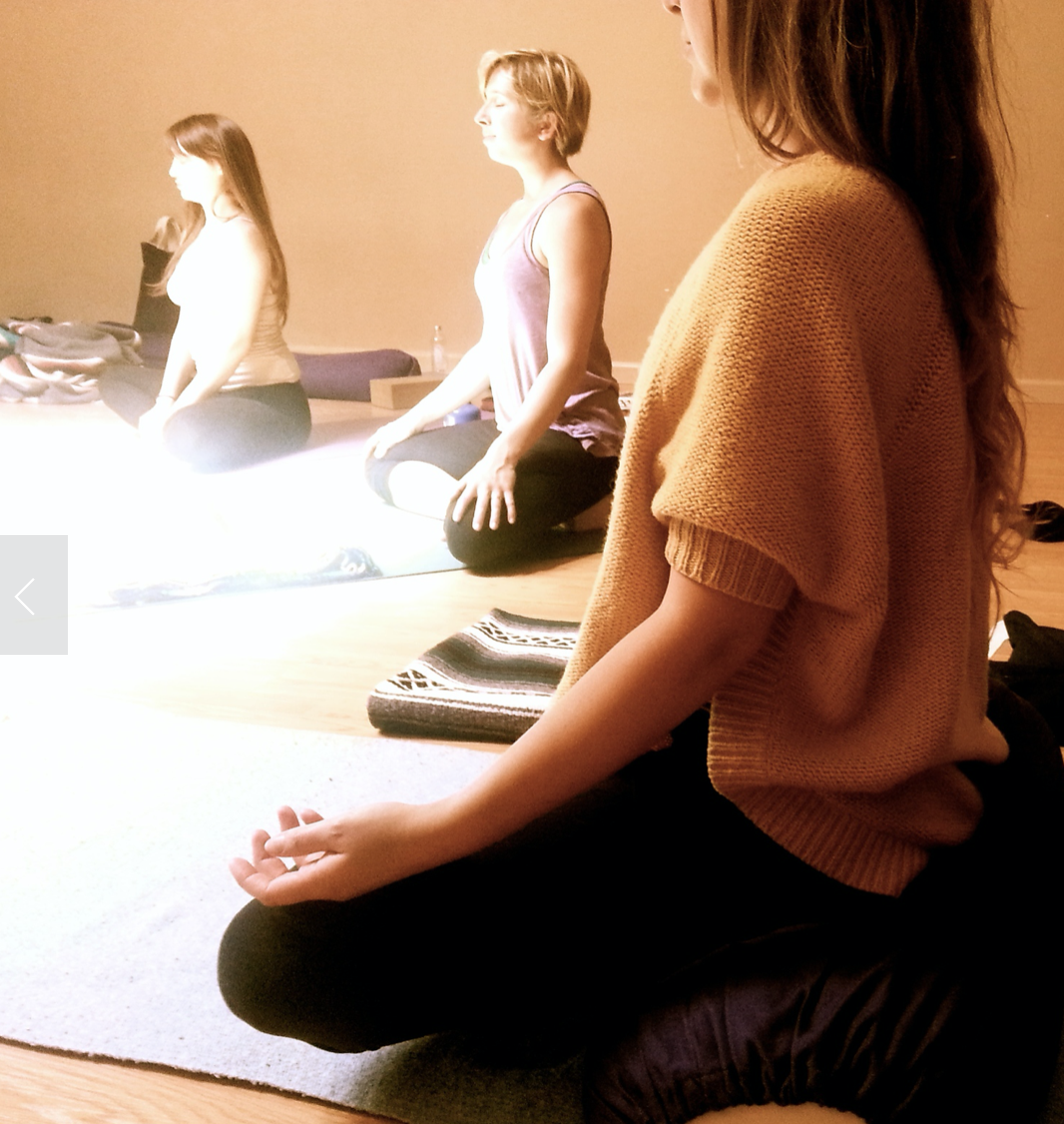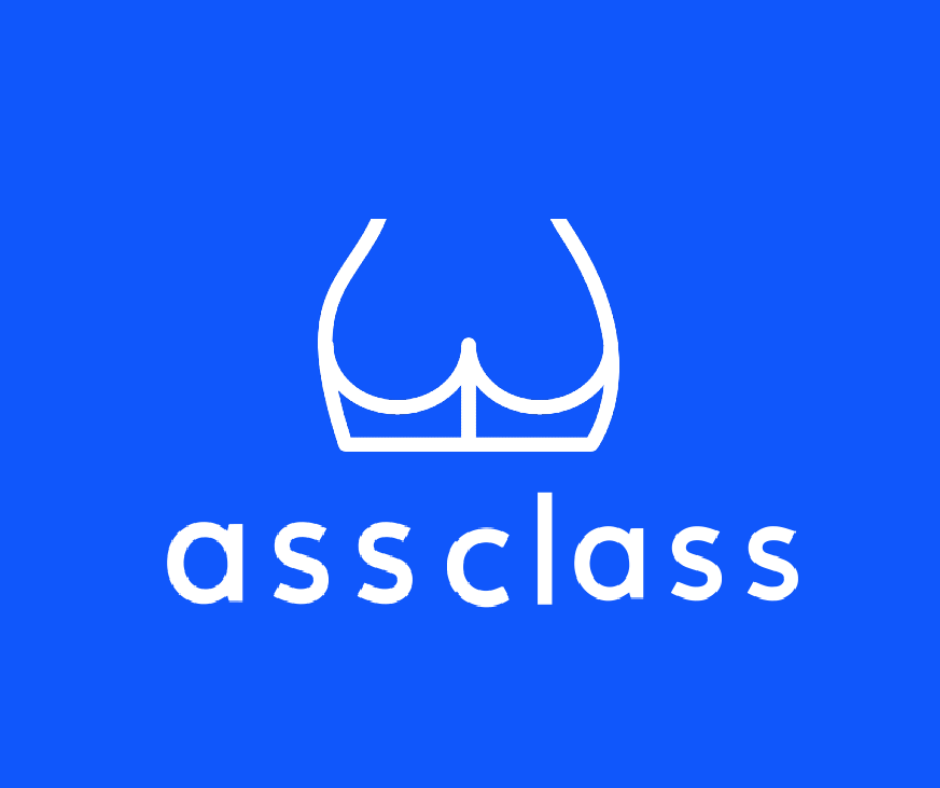If you are dealing with feelings of “Meh” and can identify it as a form of irritation (a low level form of anger), nourishing the root chakra and yin yoga poses associated with the liver and gallbladder meridians might be helpful to you. Now if this is sounding too esoteric, let’s dive deeper into what this all may mean in more granular terms and what to do about it…
Read Moremeditation
Updated Online Classes for April 2020
Pranayama & Posture
Want to improve your posture and shift your mood? To do that, we got to develop muscle-mind connections that will expand and challenge your body awareness and consciousness. My class will help you change the way you move and to get in touch with muscles and deep desires you didn't know you had. Click here to sign up!
assclass
Want to reach higher levels of strength? To do that, we got to develop muscle-mind connections that will expand and challenge your body awareness. My class will help you change the way you move and to get in touch with muscles you didn't know you had.
We will go over mobility, strength, breath work, and mind-muscle exercises to get your ass stronger using a holistic approach. Click here to sign up!
Community Yoga Nidra
We will do some gentle yoga exercises followed by a guided meditation. Afterwards, there will an interactive discussion for those interested. Click here to sign up!
Sliding scale for all classes is $10-$20. No one will be turned away for lack of funds. To make a donation, you can Venmo me @angeles-rios or PayPal me using angeles@angelesrios.com to make a donation.
Searching For Strength?
Are you searching for strength during Shelter-In-Place? Well, folks, I got a class for you. Get your glutes on with this assclass.
I will be holding a beta version of this online class this Monday at 5 PM. You can sign up through Calendly with this link to get more information about it.
If you are searching for inner strength, I am teaching an online Community Yoga Nidra class on Tuesdays, at 8PM. This class will began with gentle yoga exercises and breath work - followed by a guided meditation. You can sign up through Calendly with this link to get more information about my Tuesday Community Yoga Nidra class.
Sliding scale for classes is $10-$20. No one will be turned away for lack of funds. To make a donation, you can Venmo me @angeles-rios or PayPal me using angeles@angelesrios.com to make a donation.
I am giving a speech at Shine on Mindful Dinners!
How To Create Your Own Mindful Dinner!
After presenting my passion project on Mindful Dinners at Shine, I wanted to share with you some of my newfound wisdom on how to create your own mindful dinner!
Benefits Of A Group Practice
Increased accountability to practice.
Increased feeling of connection to a community and expansion of network of support.
Less experienced practitioners can learn from more experienced practitioners.
Experienced practitioners can learn how to teach and guide less experienced practitioners.
Exchange of recipes, cooking techniques, and inspiration for trying something new.
Stay Focused
You can create an intention, preamble, or theme for the event to guide the planning and execution of the event. Feel free to start developing this intention before the dinner or once the group begins to meet, in order to create a shared one. Setting guiding principles (in yoga terms, they are called sankalpas) will help with your decision making and communication style of the event. Once the intention is set, the leader can communicate it to attendees and all helpers. You can decide to practice one type of meditation or change it up as the intention and group evolves.
With my dinners, my intention was to help support people to explore more intimacy in a safe and nourishing environment to connect to their deepest desires. I developed questions for attendees to answer as a group and among each other to explore mental formations they developed and what their peers developed as well (ex. What does intimacy look like to you?). Before each meal, I offered a story of why I was serving it. Before eating each dish, I encouraged a mindful practices (ex. noticing the taste, texture, aesthetics, smell, sound, inner thoughts, and inner physiology).
I also wanted attendees to develop a practice that they could take beyond the dinner. Because of my intentions, I offered paper and pens to attendees to write out a lovingkindness mantra after they finished eating. I shared examples of lovingkindness phrases, so they could have some ideas. Lovingkindness nourishes intimacy and exploration, which is why I chose to end with this type of practice. Throughout the dinner, I used a mix of different styles of meditation I have practiced, because I used different styles during my healing journey.
In addition, I offer a paleo inspired dinner which does not follow most traditional Buddhist lineages. I wanted to offer this type of event to share the type of food that has worked to heal me. What has helped me to become more intimate in my life are my guiding principles.
Schedule It and Share It
Set up a time and place.
Figure out a place: a home, yoga studio, gallery, co-working space, church, monastery could work. In the summer or spring, look for outdoors at a park or public space. Typically, as long as the place is quiet or serene, it can work.
Let people know about it: send out an email or post a message to your networks. I find word of mouth works best for the type of dinners I coordinate. For social media, you can use Facebook event pages (this way friends can add their friends to the event), Evite, Eventbrite, community calendars, and Meetup groups. If you plan to have it at a yoga studio or church, request the studio to post it on their calendar.
Delegate Responsibilities
Choose a leader who will guide the meditation or be responsible to offer pre-recorded guided meditation or figure out what the group wants to read, chant, exercise or practice. Exercises can include the following: silent guided meditations, mandala drawings, vision boarding, mantra making, Q&As, lectures, and book readings.
For my events, I allowed ½ hour for arrival time, 30 minutes of meditation exercises, a story telling for each dish served, and a homework exercise to take beyond the event. Throughout the dinner, I am being conscious of how much guidance in meditation and mindful eating is appropriate for attendees - allowing for change in plans as needed.
Figure out if you want to do a potluck or a dinner. If it is a dinner, have someone be a leader for this part. Another person could be in charge of the event planning (logistics, decor, plates, execution, and/or theme).
From experience, I found it hard to be present when multitasking delegate, delegate, and delegate!
Figure Out Food Accommodations
If you are doing a potluck, this section may not apply to you. If you are planning a full dinner, please continue reading this section.
Create a Mis en Place for organizational purpose.
Some easy to do meals I have done include:
1) Slow cooked meats which are easy to keep warm.
2) Puree’s that can easily be kept warm.
3) Salads made in advance; you can add the dressing when ready to serve.
Future Events
Create a sign-up sheet for attendees to collect emails for future events. This information may be important to keep for funding future gatherings.
Pay For Your Expenses
You can ask for dana or charge upfront for the total cost of it. Depending on your intentions and situation, either set-up will make sense or not.
Register Your Group
If you are sticking to follow a particular lineage of meditation, you can register your events with such organizations (ex. MBSR, Thich Nhat Hanh, and so forth).
No More Living Hard
Growing up in the LBC, I connected with the rap lyrics “No more living hard,” by Dr. Dre. And through being inspired by some of my biggest role models - like Thich Nhat Hanh, Jane Goodall, and Dr. Marian Diamond - I knew something different was possible. Their light and others is what inspired me to study biology and to practice meditation and yoga therapy. Plus, carrying a hard heart, mind, and body was energetically draining for me. To shift this heavy weight, I knew I had to focus on practices that allowed me to transform my mind, body, and heart in order to experience a deeper self-love and a more fulfilled, meaningful life. Letting go of my hardness has allowed me to focus on what matters most in my life, which is to help people heal themselves using mindful movement for wellbeing. It has become my life's purpose.
Because I am committed to working on helping people heal themselves, I am also committed to learning to be aware of my habitual patterns and learning to let them go when they longer serve me. This way, I can be a better role model and of service. It is a path that has helped me better connect to my deep intentions from a place of deep love, connection, and curiosity. My path is simple yet not easy. And it is why I constantly practice reviewing my intentions, relaxations exercises, nonviolent communication, and meditation.
Currently, I haven’t yet reach enlightment, though working on it! As I am learning to work with the mantra ‘progress and not perfection’, I am learning to be kinder to myself and playful with the process of learning and living. It means making mistakes and allowing myself to become aware of them with kindness. It also means gaining wisdom so that I do 'better' from knowing 'better' - in other words being more wise in thoughts, speech, and movements.
With these thoughts and the best of my intentions, I want to leave you with a practice that may help you let go of some ways that may be contributing to you living ‘hard.’ Feel free to record yourself speaking it aloud, so you can listen to it. And, seriously, I would love to know how this practice or other ones work for you!
Short Body Scan & Intentional Exercise
Part A:
I invite you to find a comfortable position and to close your eyes.
Notice your thoughts, feelings and sensations.
Start to notice your left ear, right ear, both ears.
Now, your left shoulder blade, right shoulder blade, and both shoulder blades.
Then your left hip, right hip, both hips.
Left leg, right leg, both legs.
Left foot, right foot, both feet.
Repeat part A another time.
Create an intention you would like to create for today or for this week. It could be three words.
I invite you to go back to your breath - sensing it more than thinking it.
Allow yourself to count your breath for 5-10 times. If you lose count, please feel free to start over again.
Feel free to review your intention or a new one that you would like to create for rest of the day, week, or for your next practice.
How would this intention feel in you body, mind and heart? Feel free to take this practice with you as you slowly open your eyes.
Notice your thoughts, feelings, and sensations.
Feel free to write about your experience and/or continue the rest of your day.
It Starts With Your Hips
In previous work, I discussed how current anthropological research has associated the development of shorter and wider hips in humans with our ability to move more with more ease in a biped position. Such findings provides more support on how integral hips play in human movement and posture. Because of their importance in movement, I tend to focus a lot on factors that can help this part of the body move with more ease during training sessions.
That being said, I would love to share with you some basic exercises I did to maintain and balance my range of motion in my hips and SI joints (the area where your spine and hips meet) as I rehabilitated from a neck injury this year. In the video below, I included some exercises that helped me not lose my ability to squat and walk with more ease; activities that became difficult to do when I injured my neck.
If you have Ankylosing Spondylitis (an autoimmune condition) like me, these exercises may help you relieve some tension and perceived aches around the SI joints associated with neural and muscular imbalances, along with inflammation. There are definitely more exercises to help with this condition, but I wanted to cover some of the basic ones for beginners and people returning back to movement after a flare, like mine.
When I shot this video - several months ago - I wasn’t able to move very much. If you know anyone suffering from this similar condition, please forward them this video. Please help me help as many people as possible.
Lastly, you don’t have to have AS to benefit from practicing these exercises. You can think of these exercises as a form of mindful movement; incorporating the benefits of body awareness, breath work, meditation, focus, relaxation, and core strength.
I highly recommend you view the complete video before performing these exercises. And please let me know what you think about them. Lastly, please double check with your doctor and/or physical therapist to make sure these exercises are appropriate for you.
Now let’s get started!







